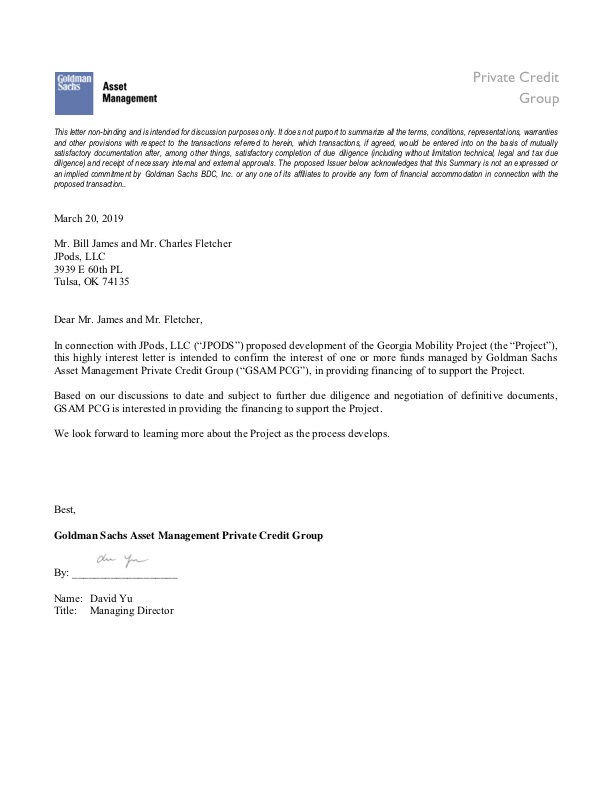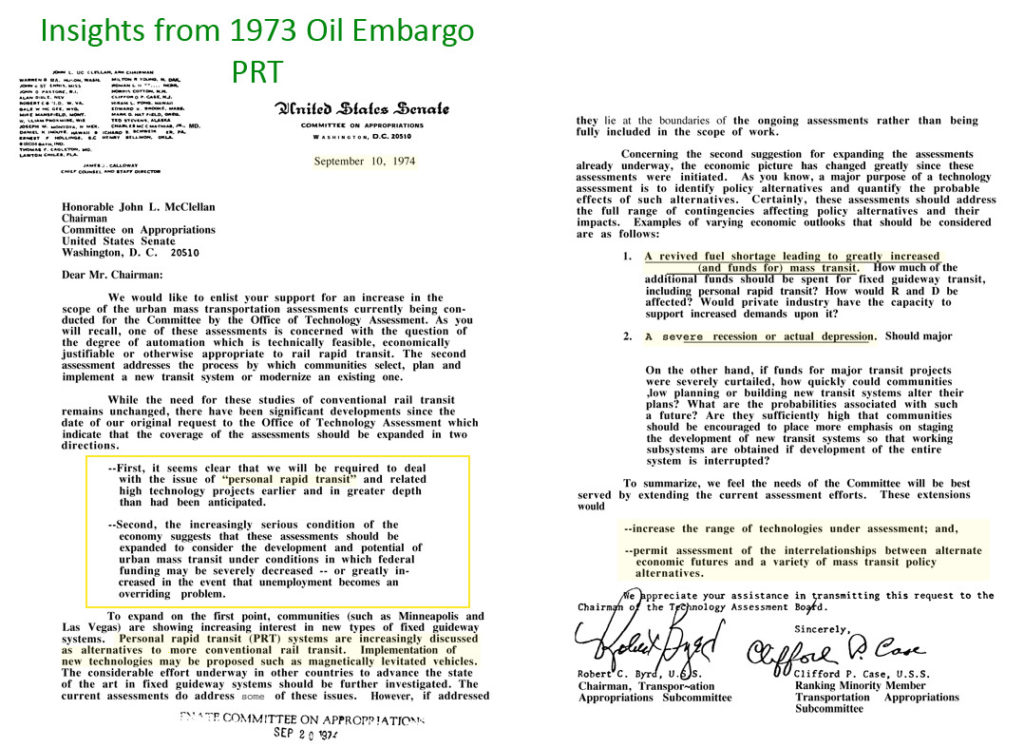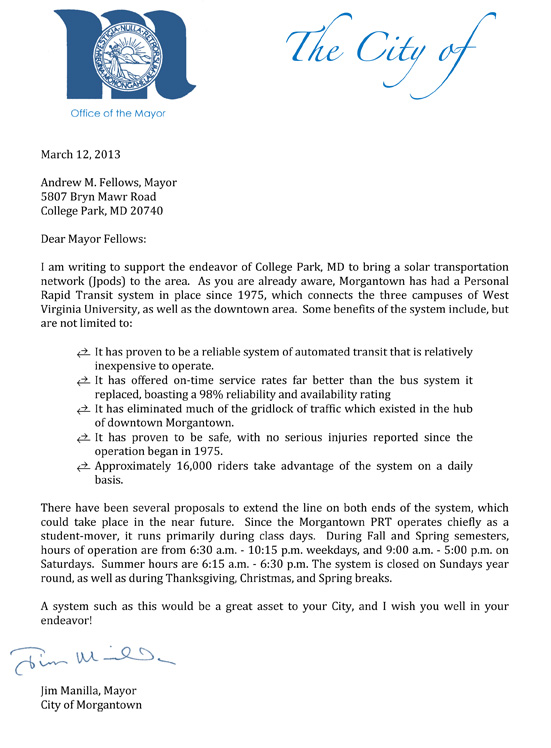Progress of self-driving cars on roads:
Each year, the number of states considering legislation related to autonomous vehicles has gradually increased (link).
- In 2018, 15 states enacted 18 AV related bills.
- In 2017, 33 states have introduced legislation. In 2016, 20 states introduced legislation.
- Sixteen states introduced legislation in 2015, up from 12 states in 2014, nine states and D.C. in 2013, and six states in 2012.
- Since 2012, at least 41 states and D.C. have considered legislation related to autonomous vehicles.
- Twenty-nine states—Alabama, Arkansas, California, Colorado, Connecticut, Florida, Georgia, Illinois, Indiana, Kentucky, Louisiana, Maine, Michigan, Mississippi, Nebraska, New York, Nevada, North Carolina, North Dakota, Oregon, Pennsylvania, South Carolina, Tennessee, Texas, Utah, Virginia, Vermont, Washington and Wisconsin —and Washington D.C. have enacted legislation related to autonomous vehicles.
- Governors in Arizona, Delaware, Hawaii, Idaho, Illinois, Maine, Massachusetts, Minnesota, Ohio, Washington and Wisconsin have issued executive orders related to autonomous vehicles.
In Feb 2020, Nuro’s new delivery R2 bot gets the first driverless vehicle exemption from feds
Pirates and Patriots:
By purposefully violating any laws that get in their way:
- Uber digitized ride-share breaking long-standing government-sanctioned monopolies.
- Scooters nearly invaded cities.
- Tesla delivered 1.88 billion self-driving miles on roads and a 9-times better safety record.
Governments are ignoring these purposeful violations of laws. Those violating laws are driving changes needed via common law.
Capital is interested to invest in self-driving cars on roads, in warehouses, and on grade-separated guideways:
- Capital is interested in investing the self-driving cars:
- $28 billion was invested in mobility startups in 2017
- 40x ROI on Kiva’s $775 sale to Amazon
- March 20, 2019 GDOT was provided a Letter of Interest from Goldman Sachs to invest $4-6 billion in JPods networks in Georgia over the next 4 years.
Governments continue a Century of barriers to grade-separated self-driving cars:
- On May 1, 2019 GDOT ended access to funding to build solar-powered mobility network:
- Instead of using the GDOT standards for Tesla on Georgia roads, GDOT required the radically safer grade-separated networks of self-driving cars to be regulated by Federal railroad standards.
- Capital will not invest using Federal railroad regulations for several reasons:
- Long delays associated with railroad regulations.
- Federal regulation of railroads caused the abandonment of 46% of freight railroads since 1916 despite the 400+ ton-mpg efficiency of freight railroads.
- All known passenger railroads lose money, most about 80 cents of every operating dollar.
- GDOT’s action is a continuation of the regulatory problem stated in the Congressional Office of Technology Assessment study PB-244854. This study was published in 1974 to identify solutions to the hardships of the 1973 Oil Embargo. The study identified Morgantown’s Personal Rapid Transit (PRT), a network of self-driving cars on grade-separated guideways as the solution to both urban traffic congestion problems and foreign oil addiction.
- Page 41 of PB-244854 identifies Federal regulations as the primary barrier to transportation innovation:
Urban transportation technology has advanced at such a slow pace that prevailing systems are almost indistinguishable from their counterparts of four to six decades ago (aside from some relatively minor cosmetic changes). However, the lack of progress is not a result of failure to advance technology. Much advanced transportation technology exists. Rather, it is a failure to devise effective ways to introduce the technology into urban transportation.
This failure stems from a lack of understanding by UMTA [responsible Federal agency] of the capabilities of the private sector and local transportation authorities and UMTA’S underestimation of the difficulties inherent in developing and implementing reliable and cost effective new systems.
- Eight Presidents declared foreign oil addiction a direct threat to national security yet Federal regulations continue to block the deployment of grade-separated networks of self-driving cars (link).
The century of Federal barriers to digitizing mobility are nearly identical to the Federal policies that resulted in nearly a century of rotary telephones. The courts declaring the Federal communications monopoly unconstitutional resulted in millions of jobs being created delivering better services at lower costs. The same will happen when the Constitution’s “post Roads” restriction is enforced.
Need
Transportation is digitizing. To fund building digital mobility networks a known cost of regulation as outlined in the 5X5 Standard of the:


